Afnote it’s our experts’ section.
In our daily work here at AudioFactory, recurring technical topics are brought to our attention that we are sure can be of interest to many of the people who live this profession with passion and curiosity, but above all with the desire to improve every day.
With the AFnotes column, we have decided to share with you the topics that we believe are fundamental, trying to clarify the most recurring doubts and errors that one encounters while carrying out this profession.
How will we do this?
Through technical discussions, interviews with professionals, and real-life case studies that we will circulate monthly in preview to our newsletter subscribers and then publish in this section.
Want to receive preview AFnotes?
You can subscribe to our newsletter here
Want to propose an in-depth topic?
Write to us here.
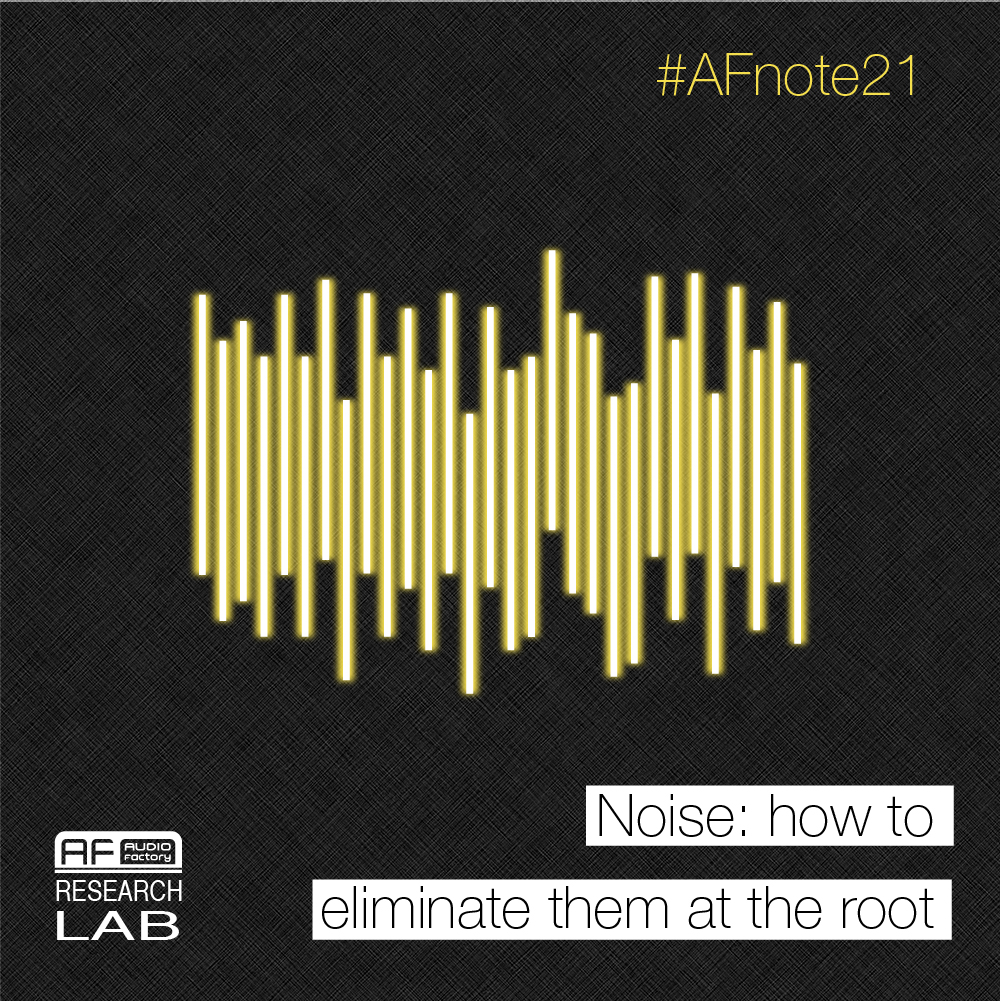
AFnote 21 – Noise: how to eliminate it at the root
Electronics is the basis of our work, but as we all know it brings with it mechanical and electrical noises. In this AFnote we are going to learn about the basics of electrical distribution: for those who work in this field it is a fundamental aspect, since it allows us to safeguard the safety of the people involved and to manage all the noises that can be annoying for the success of a show.
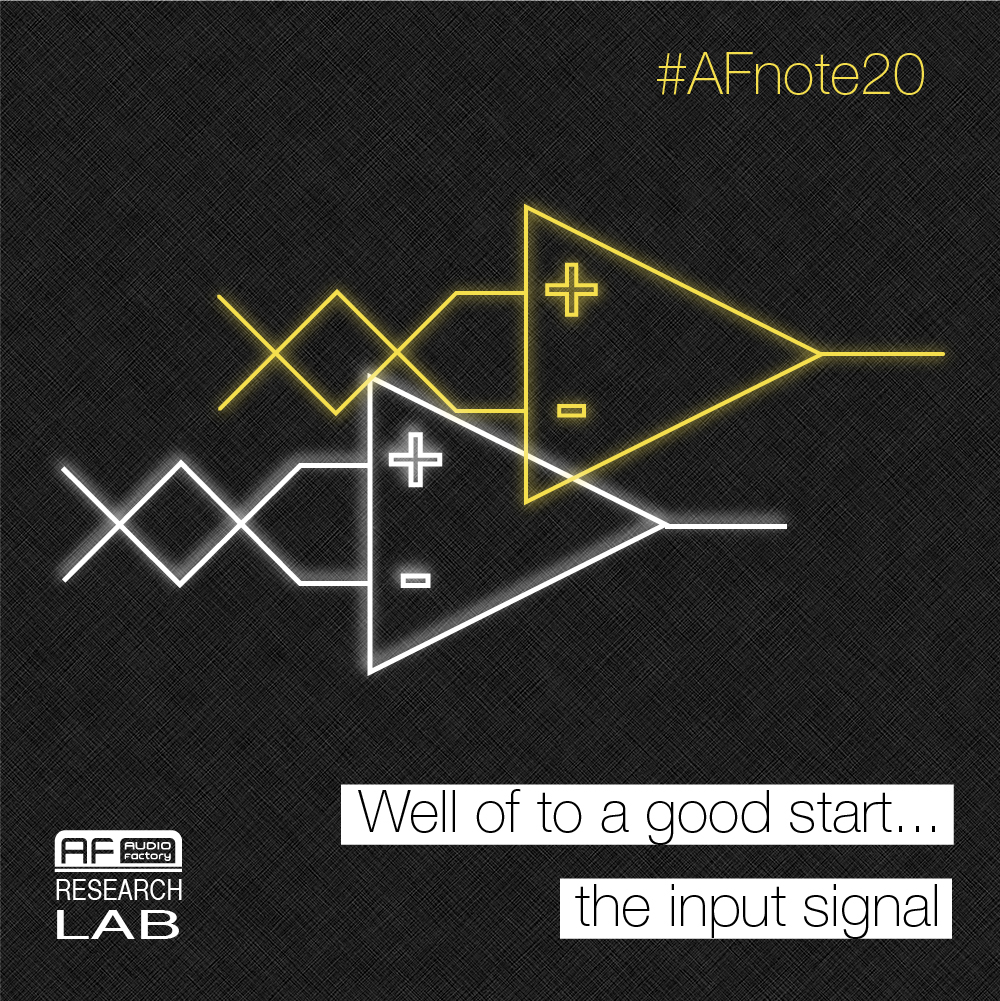
AFnote 20 – Well begun … the input signal.
The whole audio chain is important; each element in the cascade contributes to the final sound quality. But first of all, the signal must arrive with the least loss in quality. That’s why in this AFnote we are going to look at the main signal transport media and protocols.
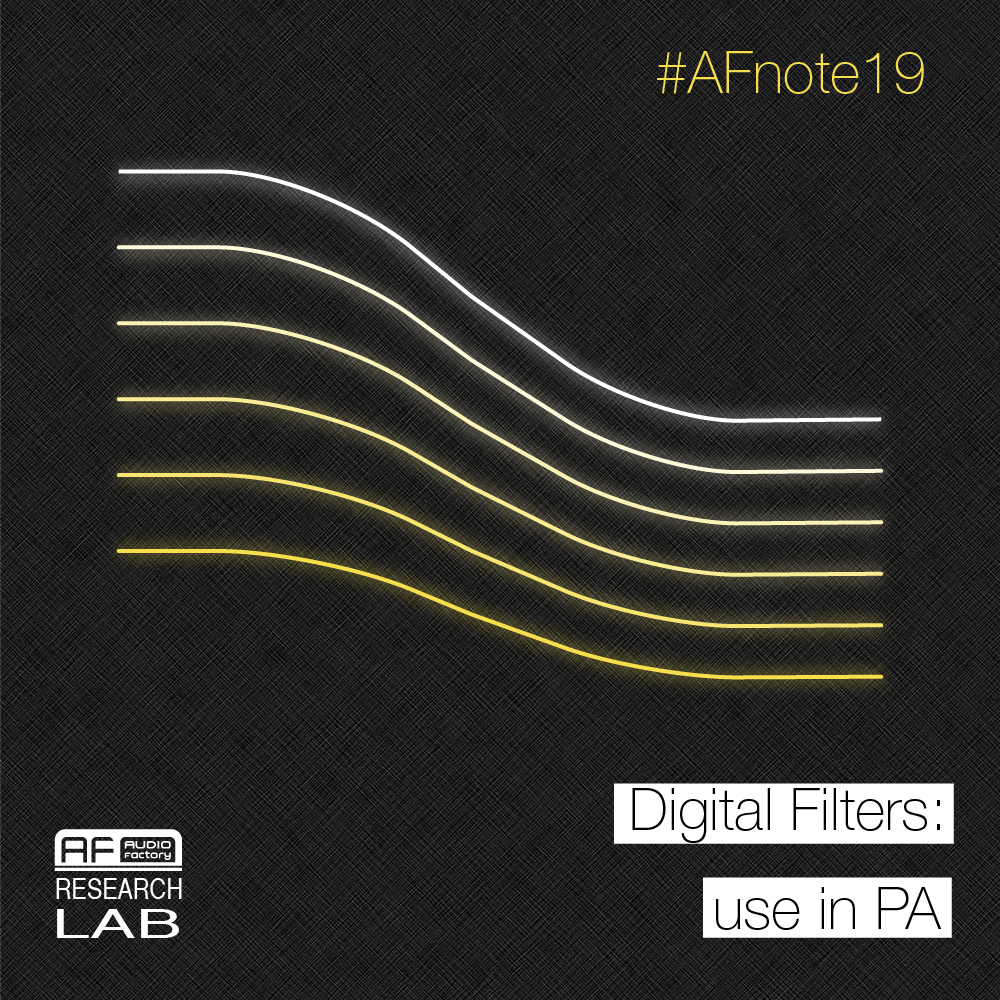
AFnote 19 – Digital Filters: Use in PA
A filter is a device deputed to modify the spectrum of a signal. Its versatility allows its application in different areas. In this AFnote we will give an overview of the main types and their uses, with a particular focus on “active” filters.
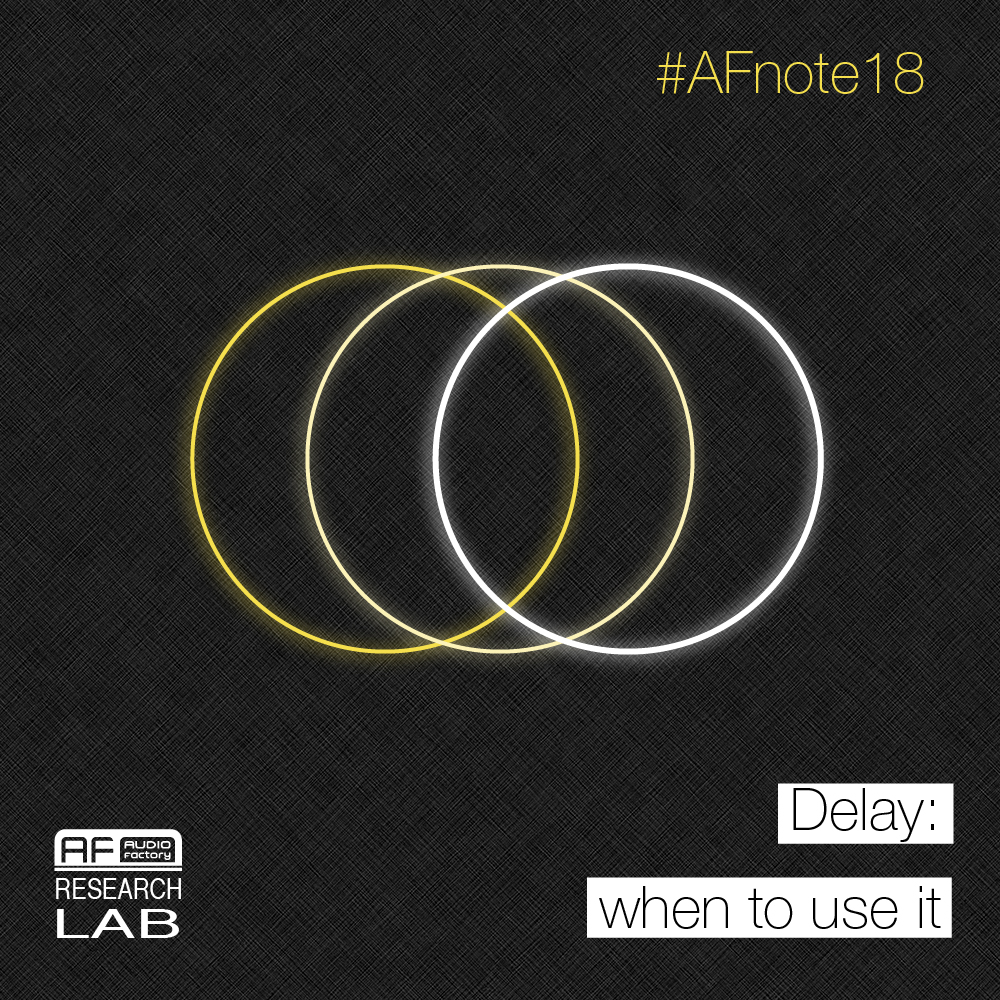
AFnote 18 – Delay: when to use it
Creating delay lines is by no means a given; in fact, this is a technique that requires a lot of knowledge, both theoretical and practical.
In this AFnote we have chosen to address a hot topic for all those who work in the LIVE environment. Thanks to our 20 years of experience, we wanted to share with you our knowledge to better cope with everyday work.
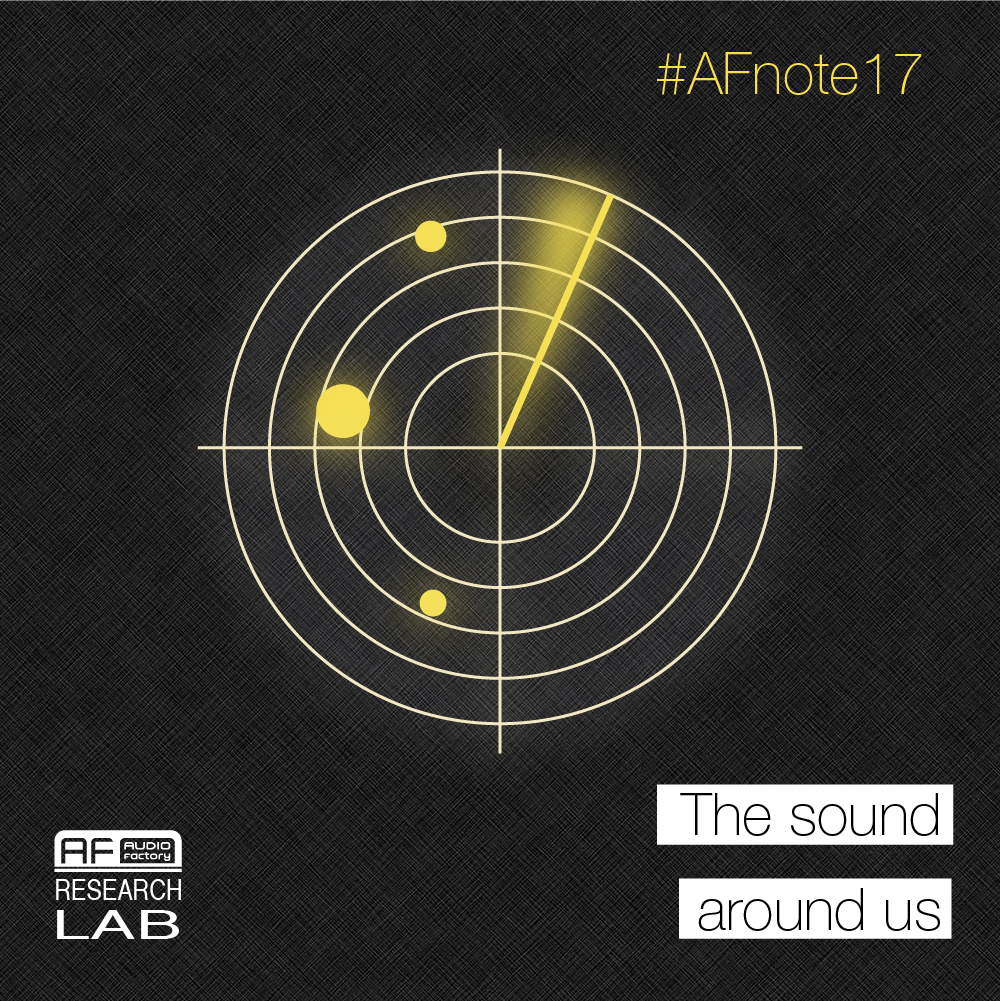
AFnote 17 – The sound around us
We have already talked about immersive audio and the technological basis from which it originated; we have seen how much this need to be within a soundscape has always been felt and how modern technologies have made it accessible to everyone.
In this AFnote we will go into detail about the technologies that are the state of the art today.
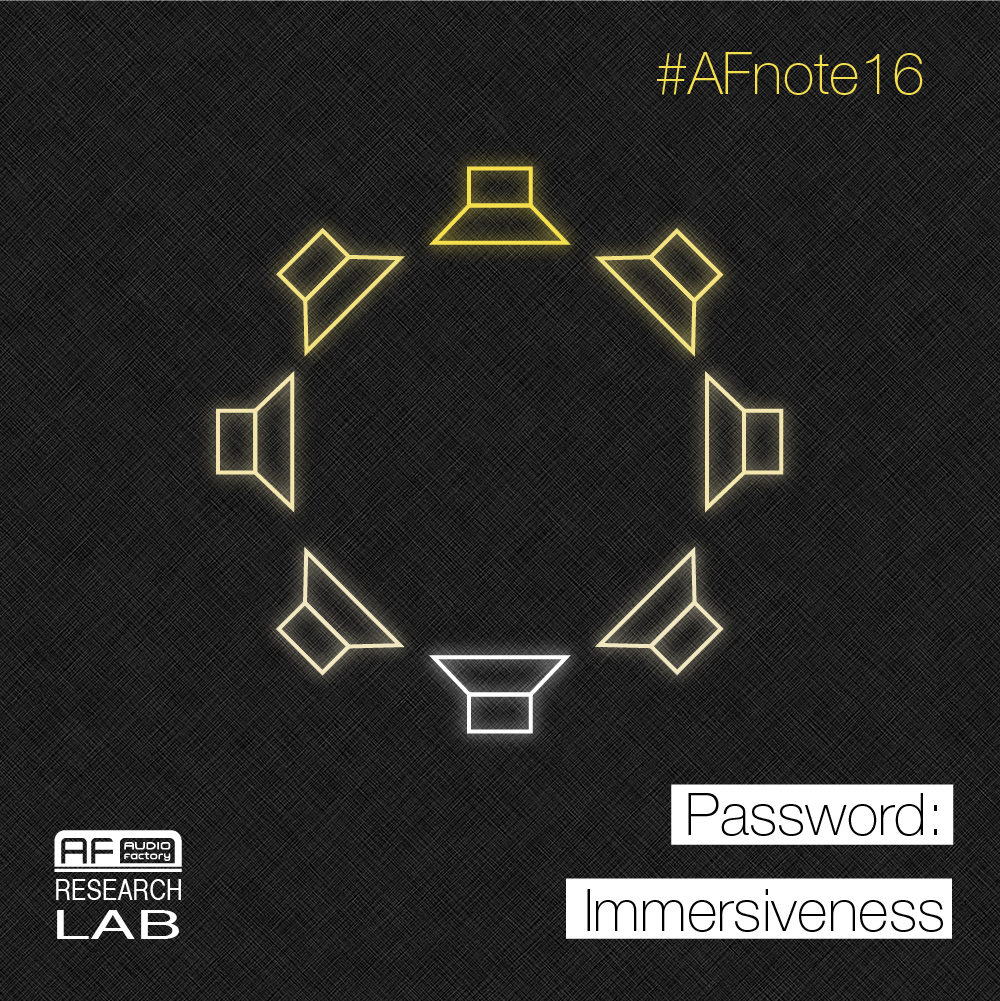
AFnote 16 – Watchword: Immersive
Immersive audio is definitely the revolution of these years in the audio field; listening to a song can become an immersive experience by putting the listener at the center of a soundscape.
In this AFnote we will introduce the topic of immersiveness in audio by giving an overview of the various interpretations of this concept depending on the context of use.
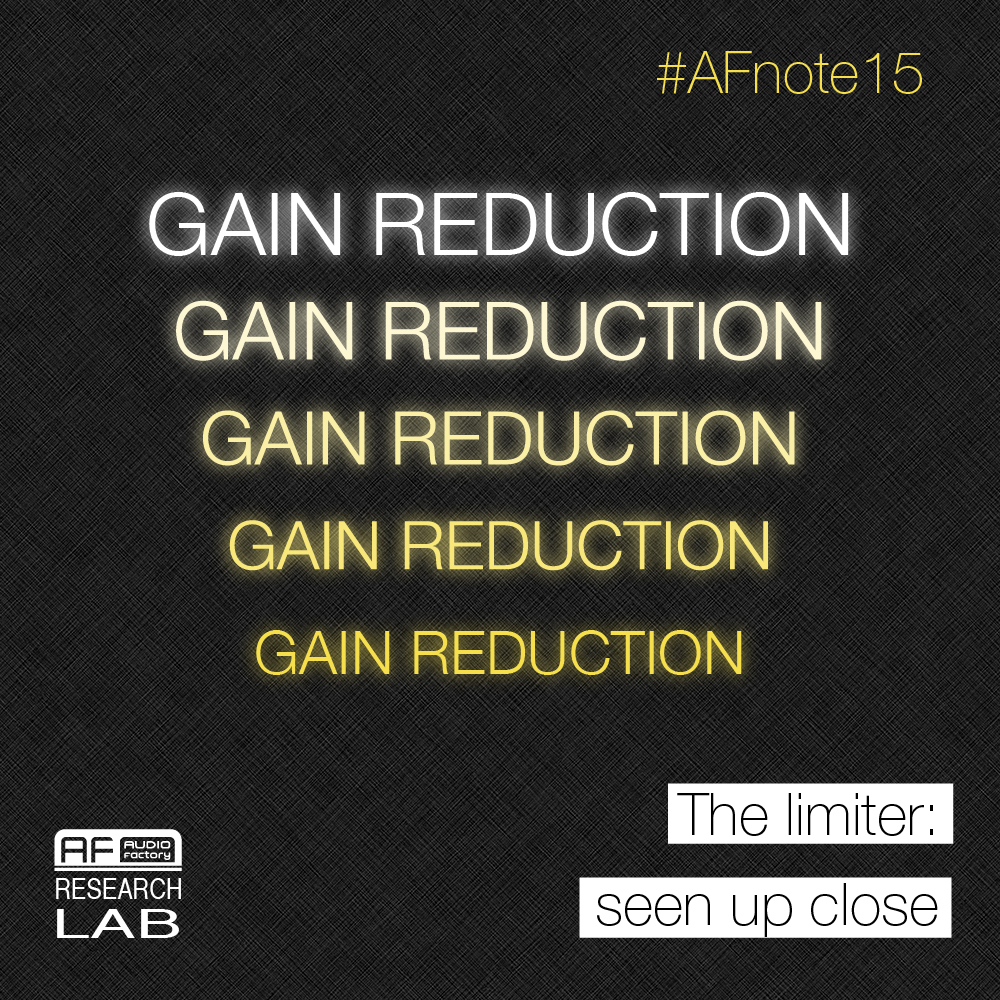
AFnote 15 – The limiter: a close view
The dynamics processors used in the Speaker Management chain are those devices that manipulate the audio signal in order to ensure that the equipment does not break down.
This concept is one that we will never tire of repeating since this is why it is necessary to set the various parameters consciously without resorting to calibration by ear or science fiction attempts.
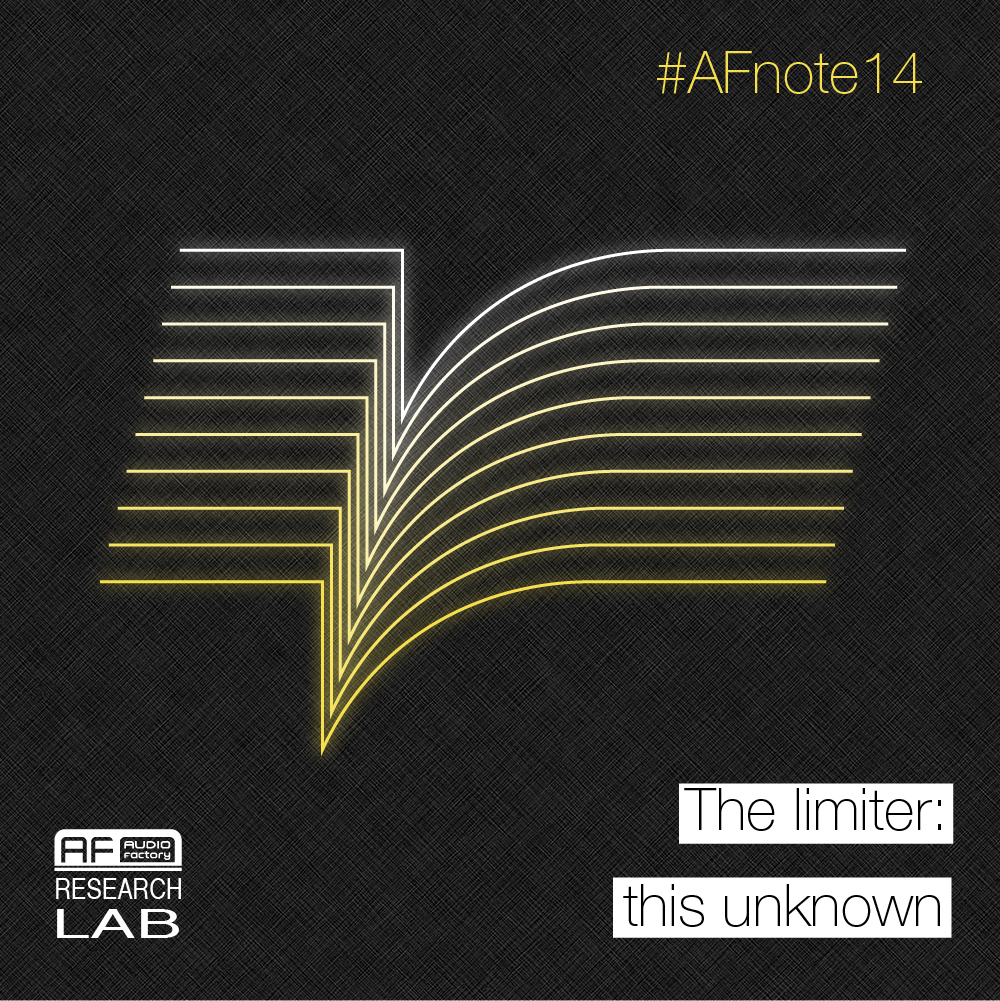
AFnote 14 – The limiter: this stranger
Loudspeakers can reach broken conditions in a short period of time if they are not properly powered. This would lead not only to damage but also to the interruption of the performance.
The term limiter in the audio field encompasses several subjects and in this AFnote we are going to analyze those that perform the function of safeguarding speakers.
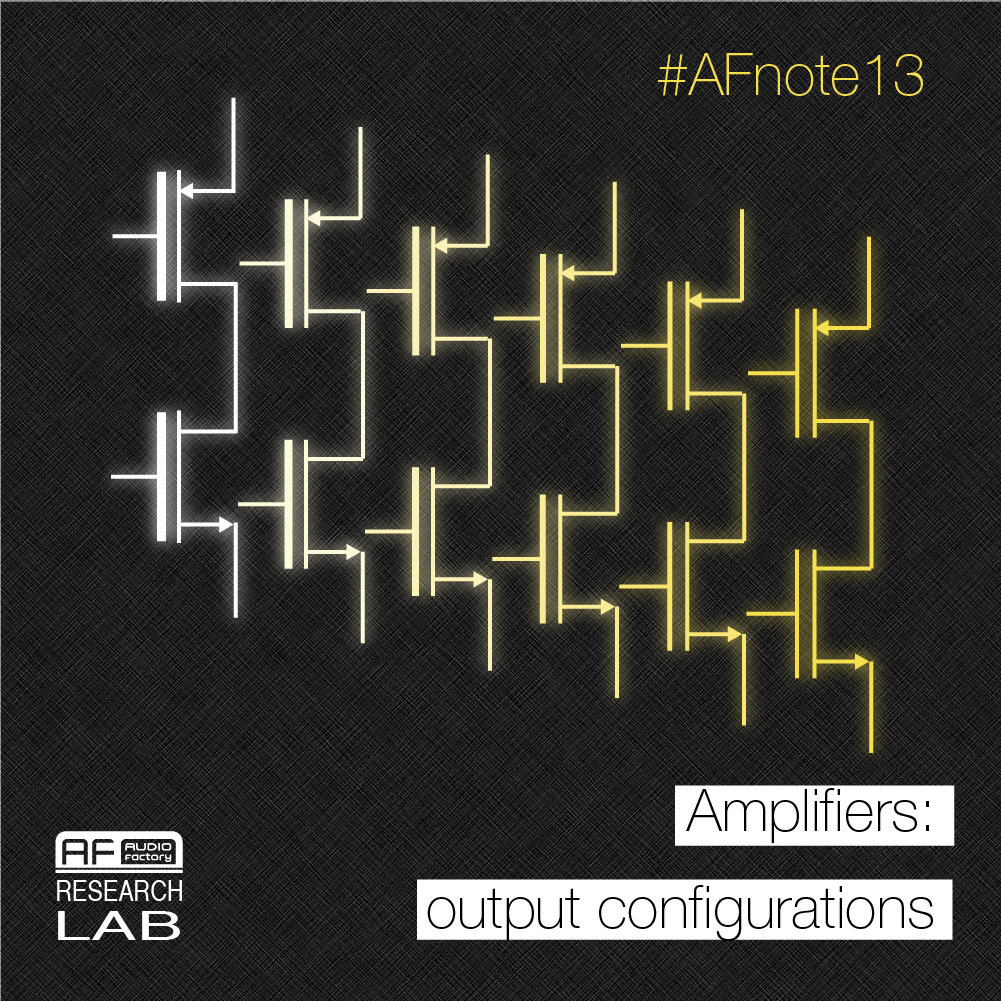
AFnote 13 – Amplifiers: output configurations
Among the characteristics of each amplifier we find the power characteristics depending on the load impedance of the connection configuration used. The latter can be of different types and can involve the use of one amplifier channel or the combination of several channels in different modes.
In this AFnote we are going to look at all the possibilities made available by modern sound amplification equipment.
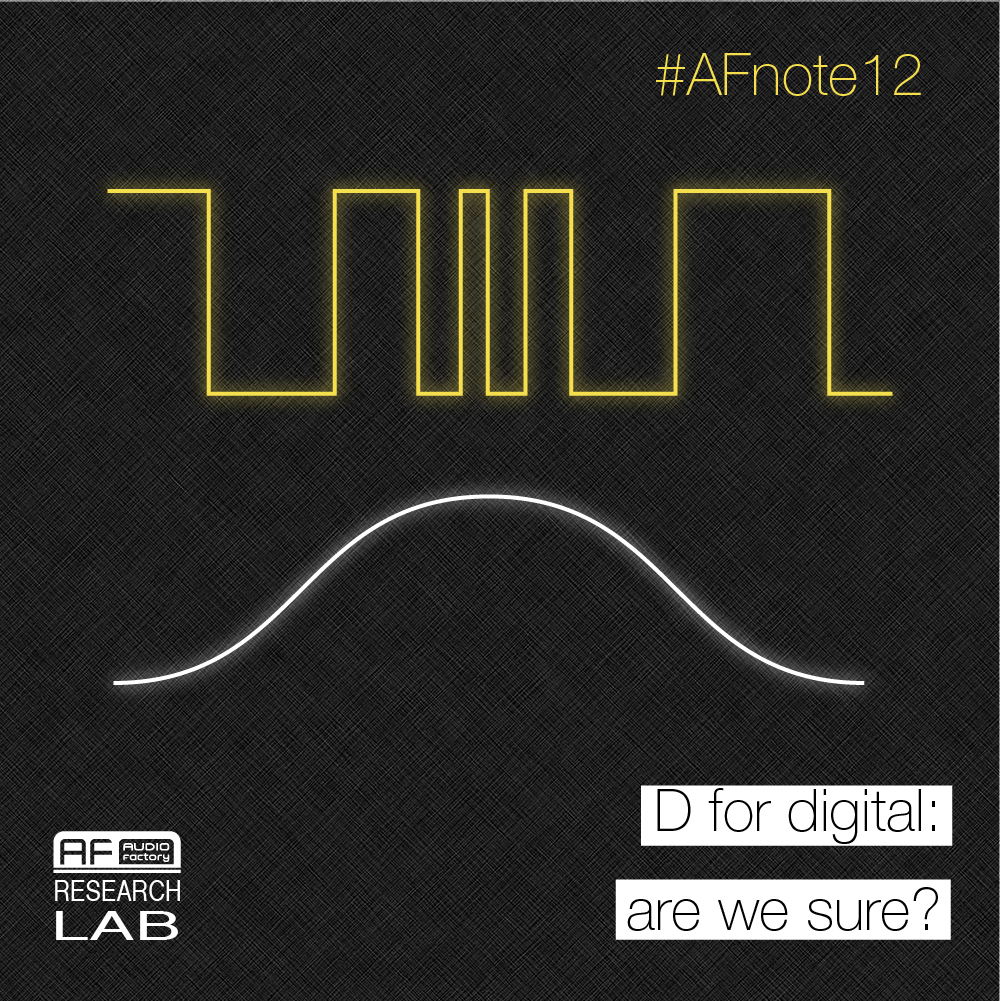
AFnote 12 – “D for Digital”: are we sure?
When we approach the purchase of an amplifier, there are so many questions to be asked and this risks steering us toward the wrong purchase.
In this AFnote we want to dispel some myths and give you useful tips for approaching this vast and complex topic.
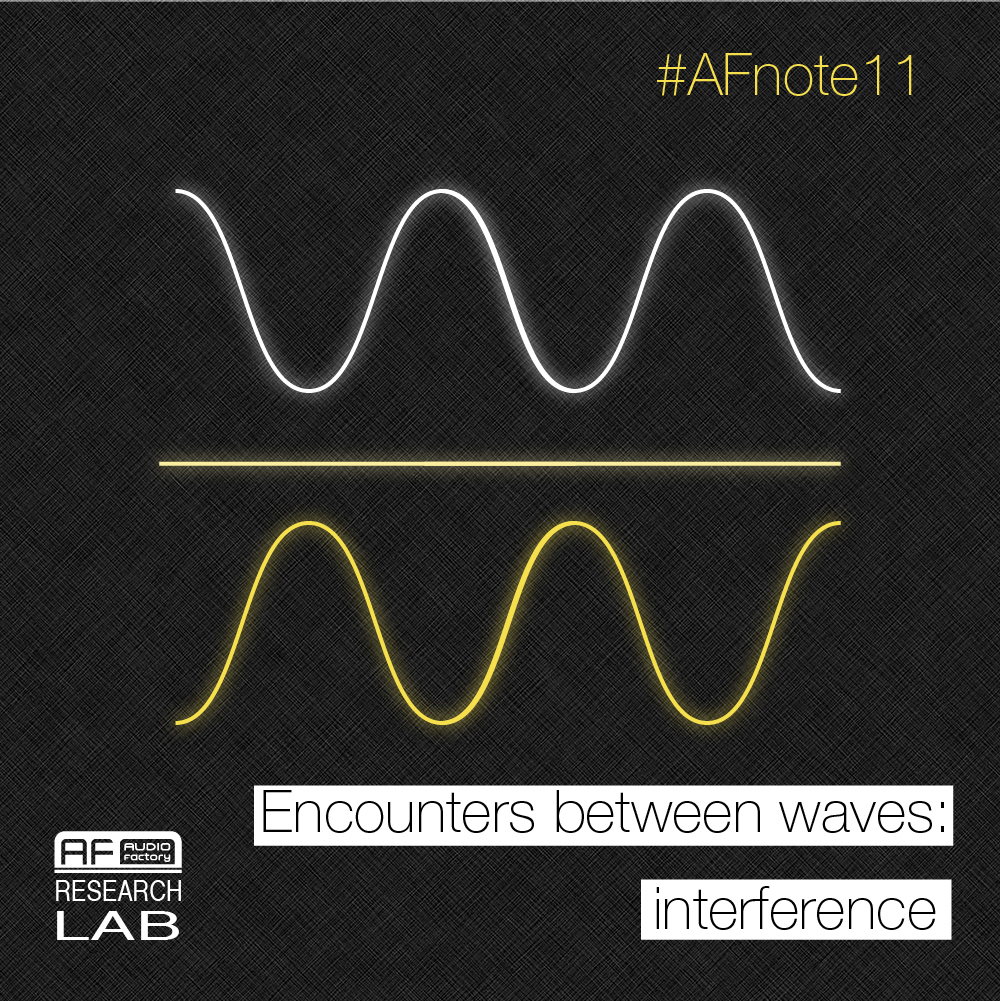
AFnote 11 – Wave encounters: interference
In this AFnote we are going to observe and explain the phenomenon of interference. We will understand when these can be “constructive” and when “destructive” by analyzing some of the circumstances in which they occur. We will also try to answer the starting question and thus understand what are the ways to contain or make the best use of them.
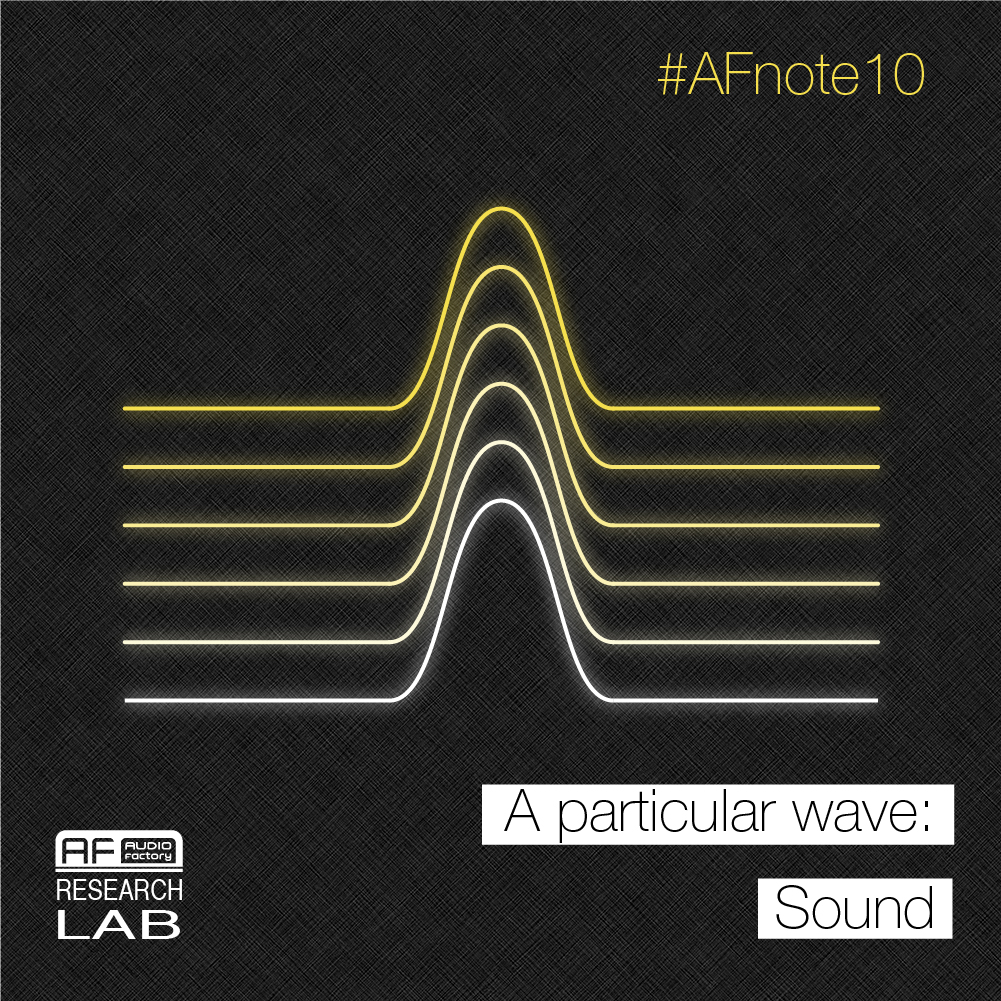
AFnote 10 – A particular wave: Sound
Every single thing around us, every living thing, even the most microscopic in existence, produces sound. With this AFnote we certainly do not want to offer you a treatise on the hearing of different animal species. We start here to understand how sound arises and how the human ear is able to interpret it.
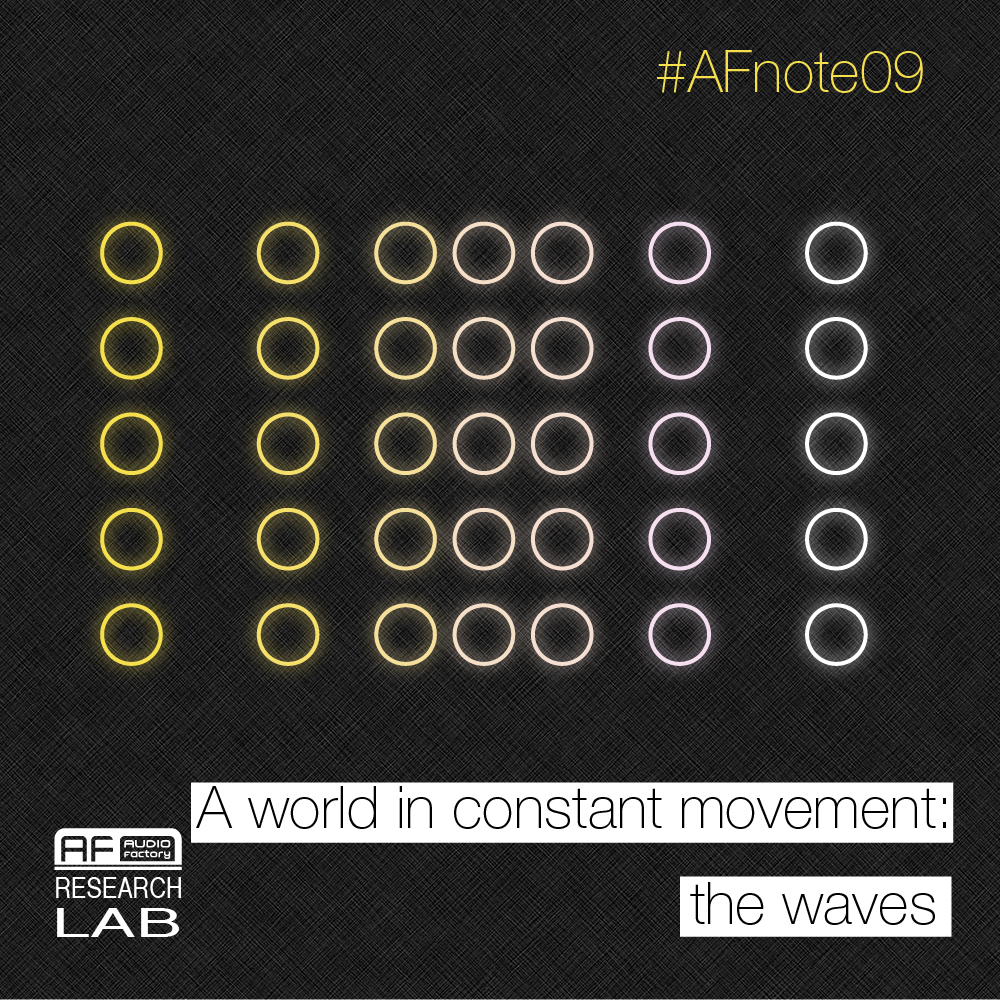
AFnote 09 – A world in motion: waves
When we think about the word “wave” a thousand different images surface in everyone’s mind. Sea waves, seismic waves, radio waves, gravitational waves, not to mention the sound waves that are our daily bread.
With this AFnote we want to explore them, understand their behavior and classify them according to some of their characteristics.
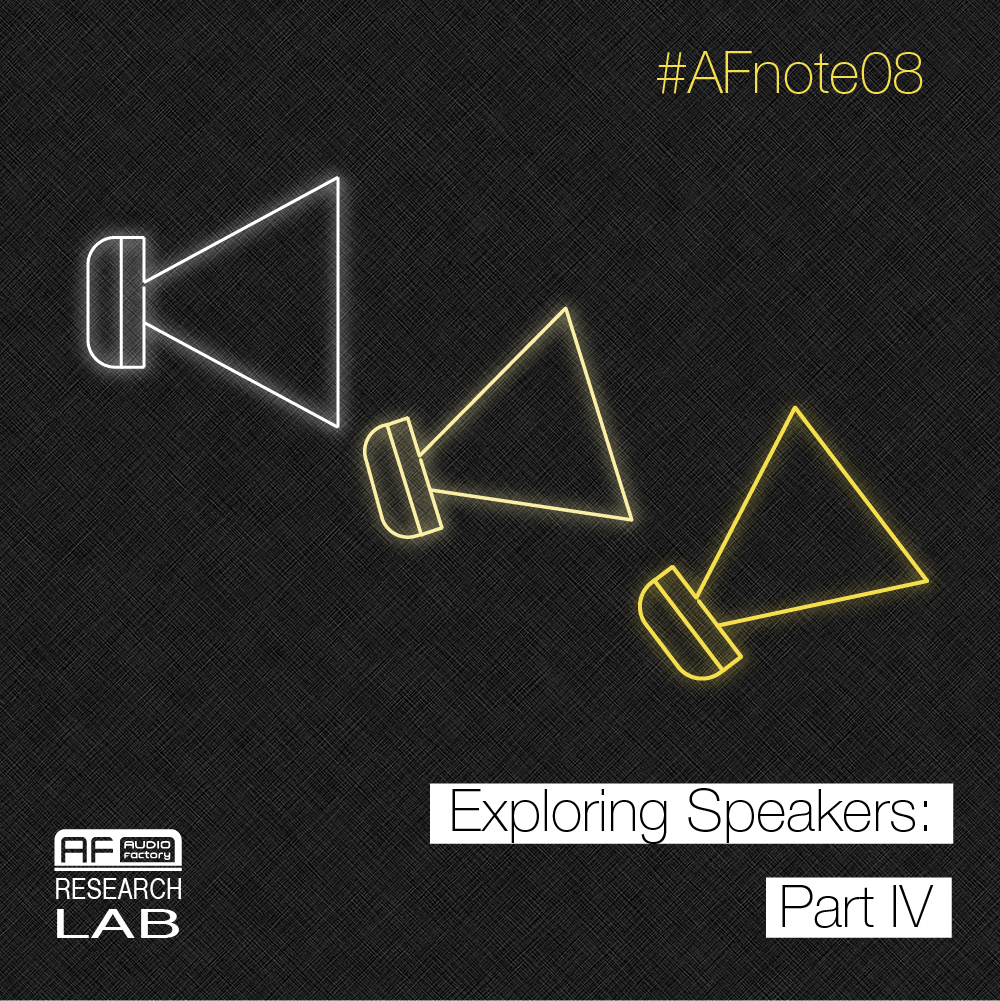
AFnote 08 – Exploring loudspeakers: part IV
With this AFnote we see more notions to have when it comes to loudspeakers, particularly directivity and high frequency reproduction. Finally we will understand the working principle of compression drivers and the differences with tweeters.
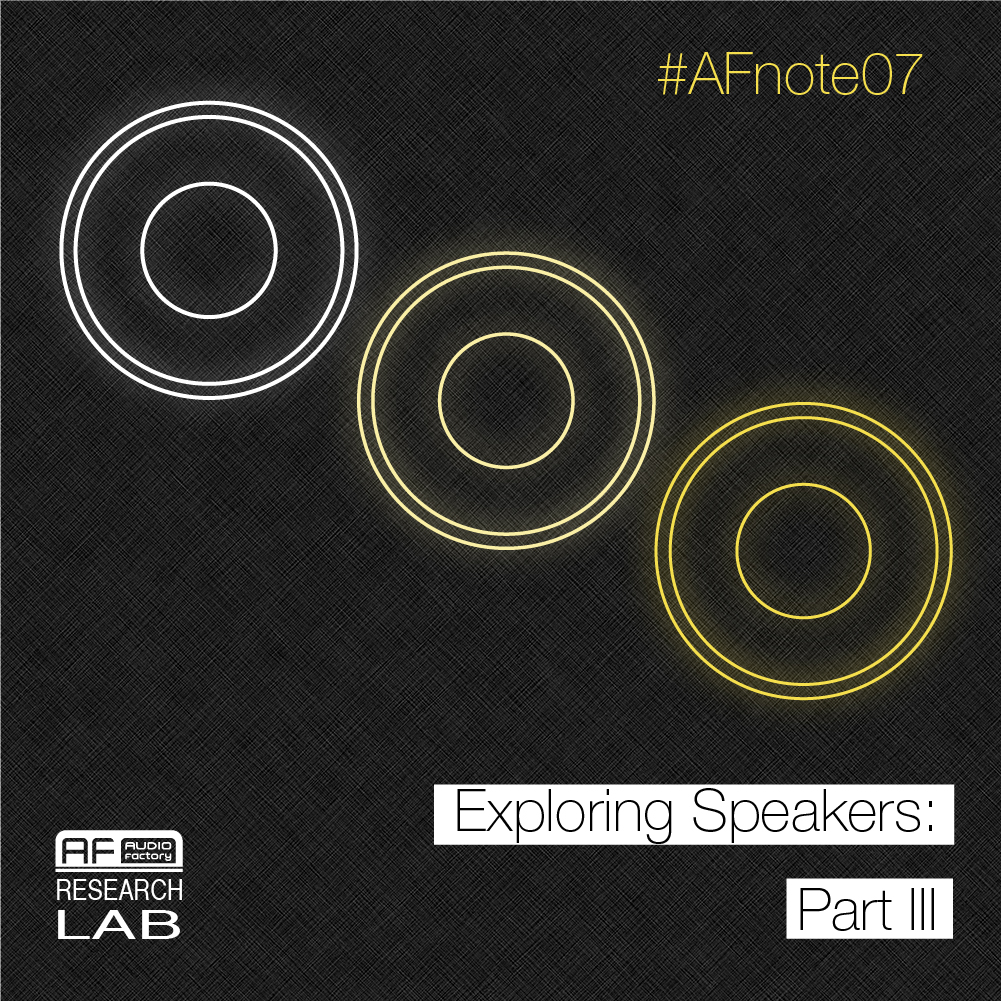
AFnote 07 – Exploring loudspeakers: part III
The operating principle of a loudspeaker may be simple, but it hides several at first glance secondary aspects that instead account for most of its complexity.
In this AFnote we try to understand what most influences the dynamic behavior of a loudspeaker. Particularly from the point of view of acoustic interaction with the cabinet and other loudspeakers.
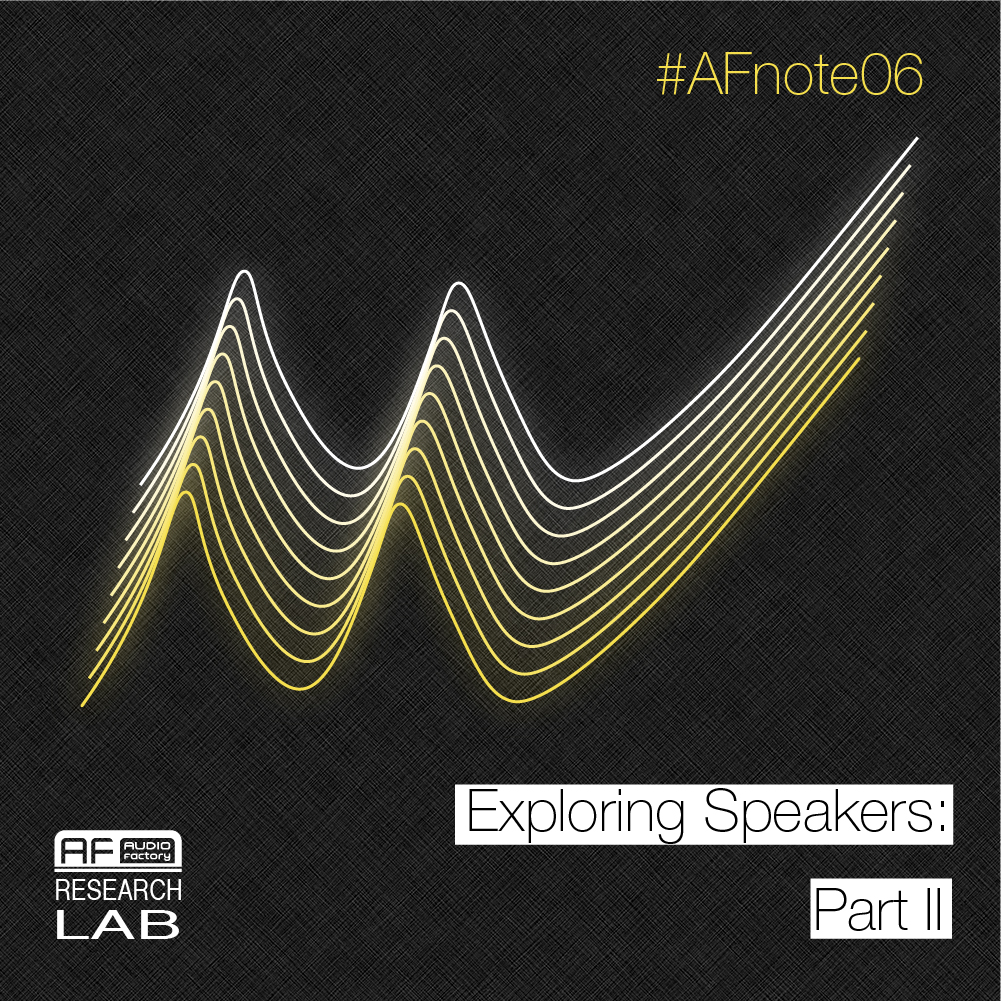
AFnote 06 – Exploring speakers: part II
With this AFnote we are going to understand what are the main features we find in a generic speaker data sheet. We will analyze each item in detail with the goal of understanding more about these items that often all seem very similar to us.
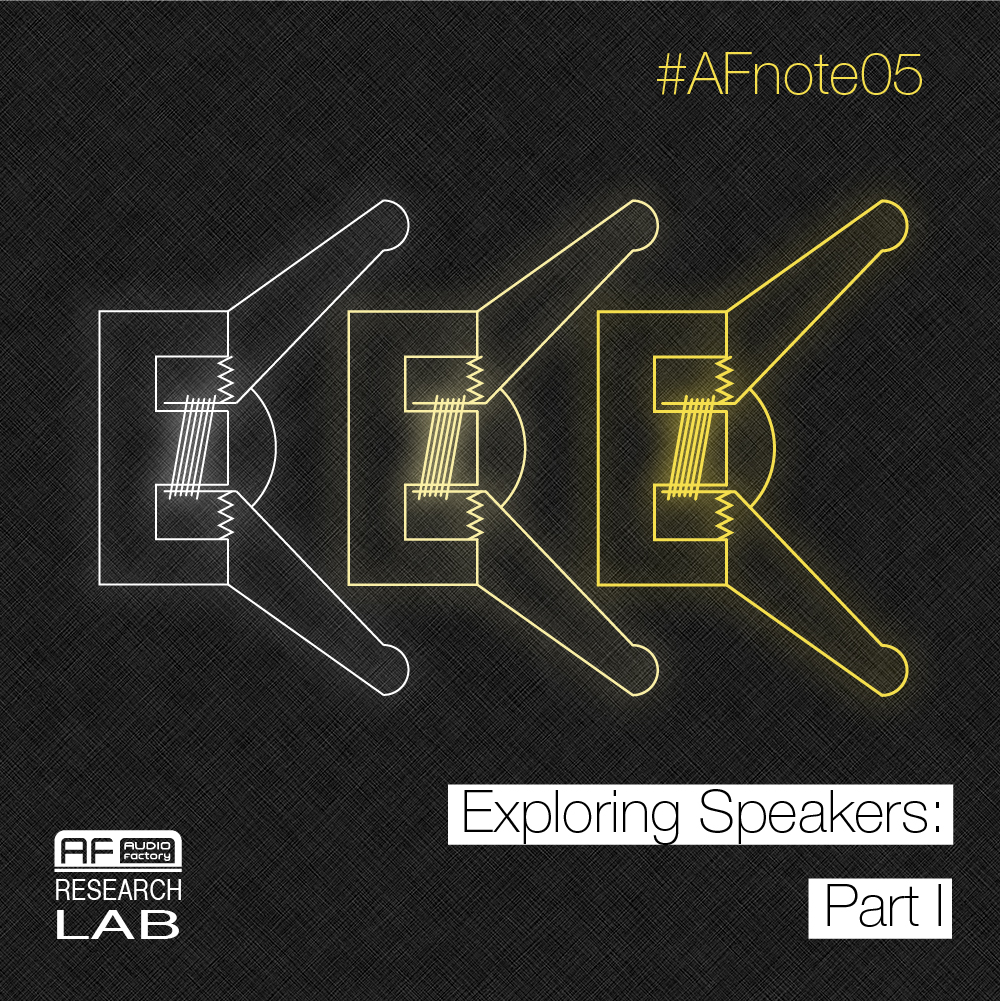
AFnote 05 – Exploring speakers: part I
With this AFnote we begin the journey of discovery of loudspeakers. There is no doubt that we are talking about the prince element of any sound reproduction system.
We will see the founding principles of these objects and learn to recognize the different types of loudspeakers according to the frequency ranges they have to reproduce.
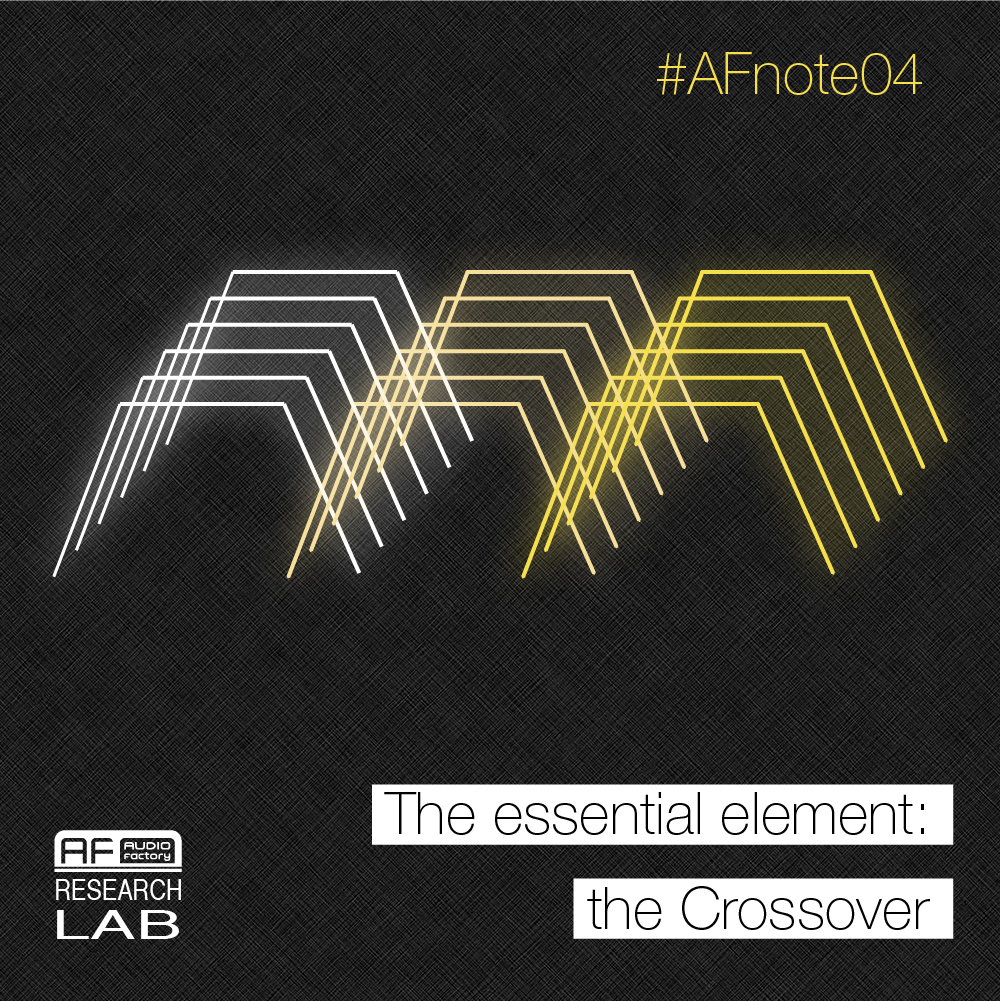
AFnote 04 – The indispensable element: the Crossover
A speaker that reproduces all audio frequencies equally, without distortion and at a volume appropriate for each room to be sounded. Okay, this is only possible in a science fiction movie.
Back in the world of ordinary mortals, every speaker, has to deal with the limits dictated by physics. That’s why it is necessary to manipulate the audio signal that is sent to it so that the response conforms to the type of speaker in question.
This is what is done by a crossover filter.
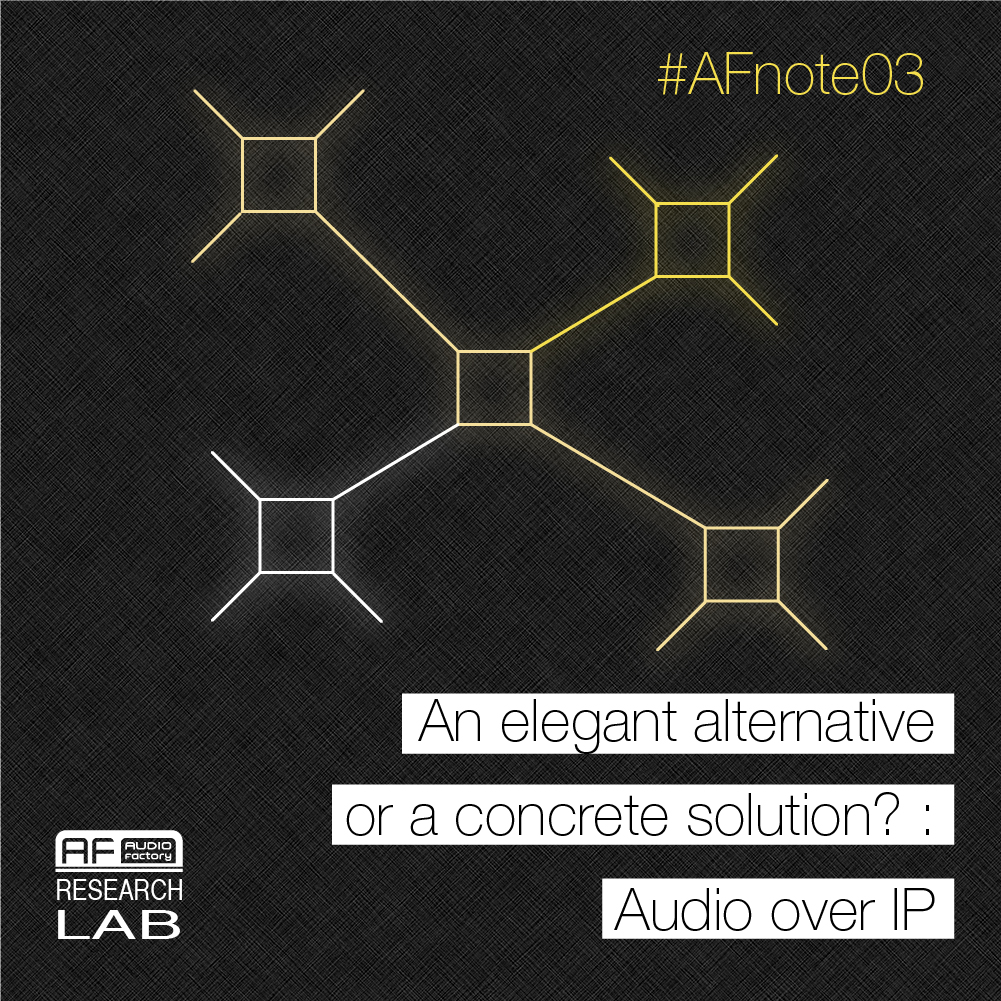
AFnote 03 – A Practical Solution: Audio over IP
Transmitting digital audio signals through a technology that we all have before our eyes such as Ethernet should turn out to be the normal course of events.
Despite this there is a certain fear that keeps us away from using these technologies even preferring the old, but evergreen, analog signal.
With AFnote we try to visualize what the features of AoIP are in order to understand how, where, and when it pays to use it.
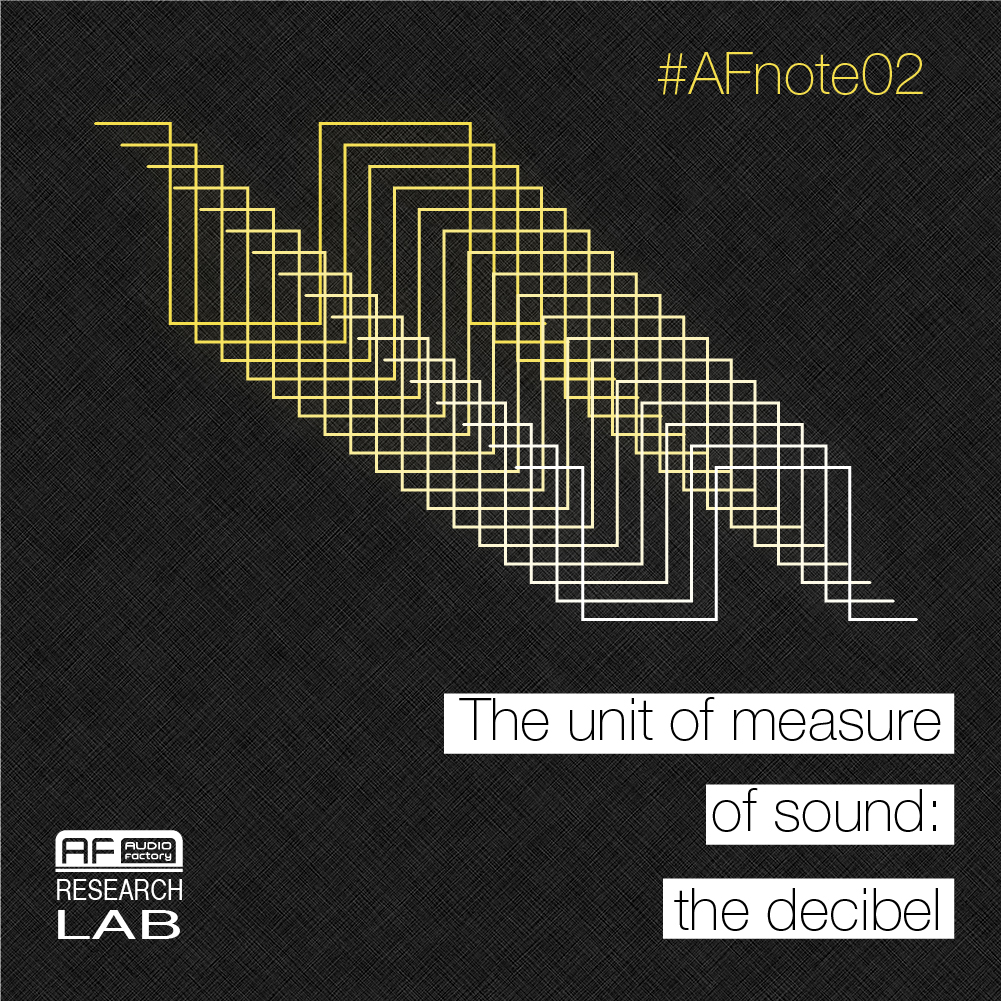
AFnote 02 – The unit of measurement of sound: The decibel
The title is provocative, but at least it has once happened to everyone to use the word decibel as a unit of measurement.
Let’s face it: the decibel is not a unit of measurement. Even though we know the professional audio industry is full of slang phrases that are more than understandable to insiders.
With AFnote let’s try to bring some order to this information.
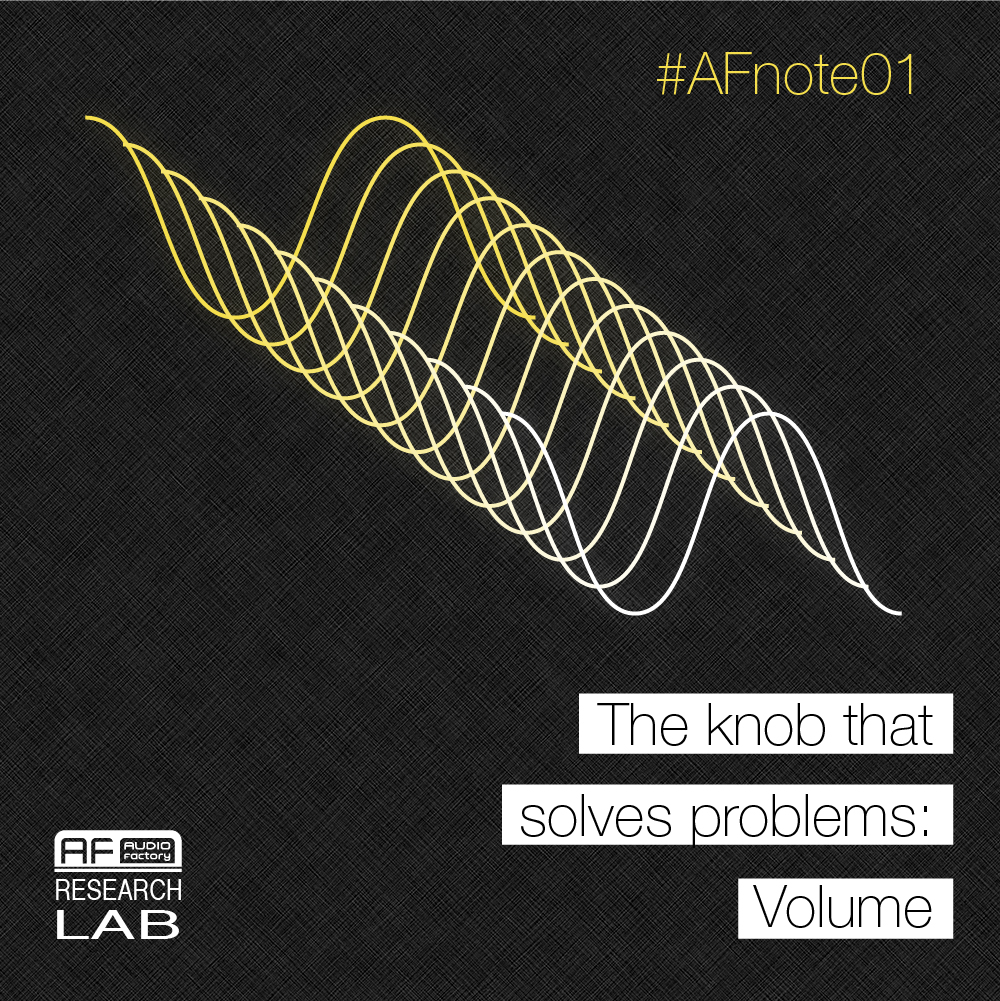
AFnote01 – The management of audio levels
Before doing any work with limiters, compressors, gates or any automatic level control, it is necessary to set the correct levels.
The important thing is to never lose sight of the goal. And what is our goal? Maximizing the signal-to-noise ratio (S/N ratio).
